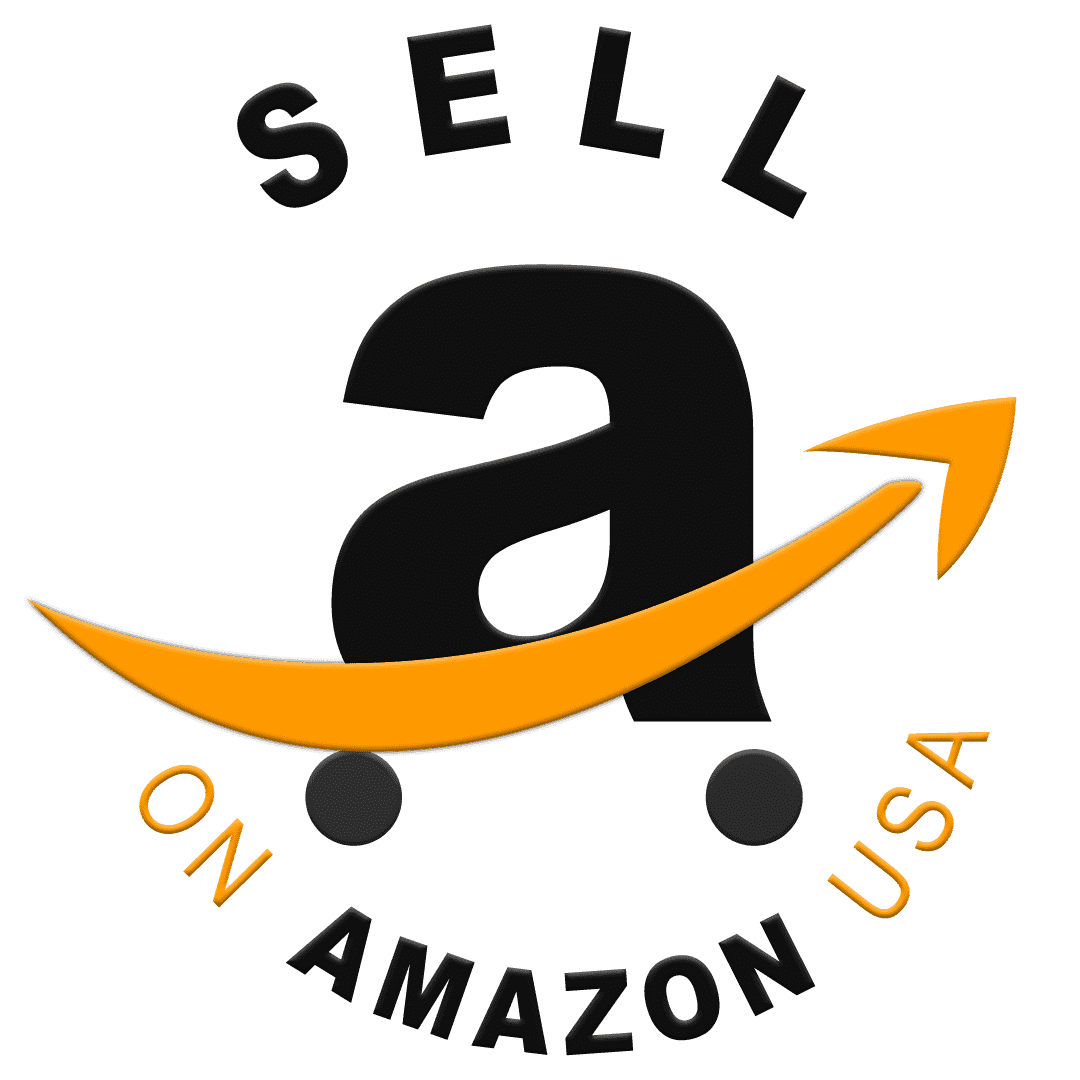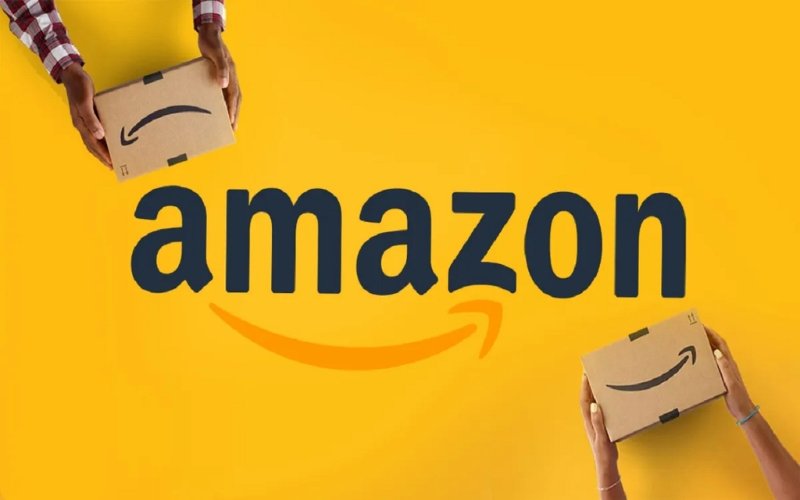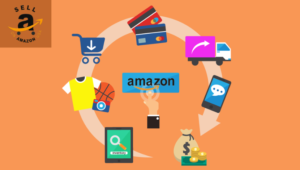In the ever expanding e-commerce landscape, Print on Demand (POD) offers a lucrative way to sell custom products without maintaining inventory. By combining POD with Amazon’s massive audience, you can create a scalable business with minimal upfront costs. If you’re wondering how to sell on Amazon using this model in 2025, this guide will take you through every step, from setting up an account to scaling your store for success.
Step 1: Create An Amazon Seller Account
To start selling on Amazon, you need to create a seller account. Follow these steps to set yourself up for success:
- Visit Amazon Seller Central: Go to Amazon Seller Central and click “Sign Up.”
- Choose a Selling Plan:
- Individual Plan: Perfect for beginners selling fewer than 40 items per month, with no monthly fee (you pay $0.99 per sale).
- Professional Plan: Costs $39.99/month, ideal for those planning to scale their business.
- Provide the Necessary Details: Input your business name, contact details, tax information, and bank account for receiving payments.
- Verify Your Identity: Amazon will request government-issued ID, proof of address, and potentially a short interview for verification.
With your account ready, you can now choose a Print on Demand provider to integrate with your store.
Step 2: Choose A Print-On-Demand Provider
Selecting the right POD provider is crucial for streamlining production and ensuring high-quality products. Here are two leading options:
Amazon Merch on Demand
Amazon Merch on Demand is Amazon’s in-house POD platform.
Key Benefits:
- Hassle-Free Integration: Merch on Demand directly connects with Amazon’s marketplace, so your listings are automatically available to millions of customers.
- No Upfront Costs: There’s no need to pay for inventory or production you earn royalties on each sale.
- Fast Fulfillment: Amazon handles printing, packaging, and shipping for you.
Getting Started:
- Apply at Merch by Amazon. Approval may take time, so apply early.
- Once approved, upload your designs, choose product types, and set pricing.
This is a beginner-friendly option if you want to keep things simple while accessing Amazon’s massive customer base.
Printify
Printify is an external POD provider offering flexibility and a wide variety of products.
Key Benefits:
- Diverse Product Catalog: From T-shirts to home goods like mugs and pillows, Printify offers a vast range of customizable items.
- Global Suppliers: Choose suppliers based on production speed and location to optimize shipping times and costs.
- Integration Options: While Printify doesn’t connect directly to Amazon, you can use tools like Printful or third-party apps to sync your products with Amazon.
Getting Started:
- Sign up at Printify.
- Create custom products using Printify’s mockup generator.
- Use a third-party integration tool to sync your Printify listings with Amazon.
Step 3: Select And Design Print-On-Demand Products
Your product selection and design quality will directly influence your success when you sell on Amazon.
Selecting Products
Choose products that are in demand and have a broad appeal. Popular categories include:
- Apparel: T-shirts, hoodies, tank tops.
- Home Goods: Mugs, pillows, wall art.
- Accessories: Tote bags, phone cases, water bottles.
Research trends on Amazon using tools like Jungle Scout, Helium 10, or Google Trends to identify profitable niches.
Designing Your Products
- Create Niche-Specific Designs: Focus on popular interests or themes, such as pets, hobbies, or professions.
- Use Professional Tools: Platforms like Canva, Adobe Illustrator, and Procreate make it easy to create visually appealing designs.
- Test Your Ideas: Use mockup generators to visualize how your designs look on different products.
- Follow Amazon’s Guidelines: Avoid using copyrighted material and ensure your designs meet Amazon’s content policies.
The key is to create designs that resonate with your target audience and differentiate your products from competitors.
Step 4: Set Up Your Amazon Storefront
Your storefront is the face of your business when you sell on Amazon. Make it professional and optimized for sales.
Add Product Listings
- Upload Products: Use Amazon Seller Central or integration tools to add your products.
- Optimize Listings:
- Title: Include keywords like “sell on Amazon,” “custom T-shirts,” or “personalized gifts.”
- Descriptions: Highlight unique features, benefits, and use cases for your products.
- Images: Use high-quality product mockups to make your listings more appealing.
Create a Branded Storefront
If you’re serious about growing your business, consider enrolling in Amazon Brand Registry. This allows you to:
- Create a custom storefront showcasing all your products.
- Use enhanced branding features like videos, banners, and product groupings.
A branded storefront not only builds credibility but also helps improve customer retention.
Step 5: Market Your Store
Even with the best products, you need effective marketing strategies to drive traffic and increase sales. Here’s how to get started:
Amazon Advertising
- Use Amazon PPC (Pay-Per-Click) ads to promote your products. Start with Sponsored Product Ads and experiment with different keywords.
- Leverage Sponsored Brand Ads to showcase your storefront or highlight multiple products.
Social Media Marketing
- Promote your store on platforms like Instagram, TikTok, and Pinterest. Create engaging content around your designs.
- Collaborate with influencers to reach niche audiences.
SEO Optimization
- Optimize your product listings with keywords like “sell on Amazon,” “custom print products,” and “personalized gifts.”
- Use tools like Helium 10 to find high-ranking keywords.
Offer Promotions
- Run discounts, bundle offers, or free shipping promotions to attract new customers.
- Leverage Amazon’s Deals and Coupons section to increase visibility.
Leverage Email Marketing
If you have a website or landing page, collect emails from potential customers and send them newsletters featuring new products or exclusive deals.
How to Sell with Print on Demand on Amazon: 5 Tips for Success
- Niche Down: Focus on a specific audience to stand out in a crowded marketplace.
- Stay Updated on Trends: Regularly research trends using tools like Google Trends to create in-demand designs.
- Focus on Quality: Ensure your products and designs meet high-quality standards to build trust and earn positive reviews.
- Use Analytics: Track your sales and ad performance through Amazon Seller Central to refine your strategies.
- Engage with Customers: Respond promptly to questions and feedback to maintain a good reputation.
Learning how to sell on Amazon with Print on Demand in 2025 opens up incredible opportunities for entrepreneurs. By following this guide, you’ll set yourself up for success whether you’re starting small or aiming to scale a thriving business.
Take action today, choose your POD provider, and start selling unique products to Amazon’s massive audience. The sooner you begin, the faster you’ll see results!





